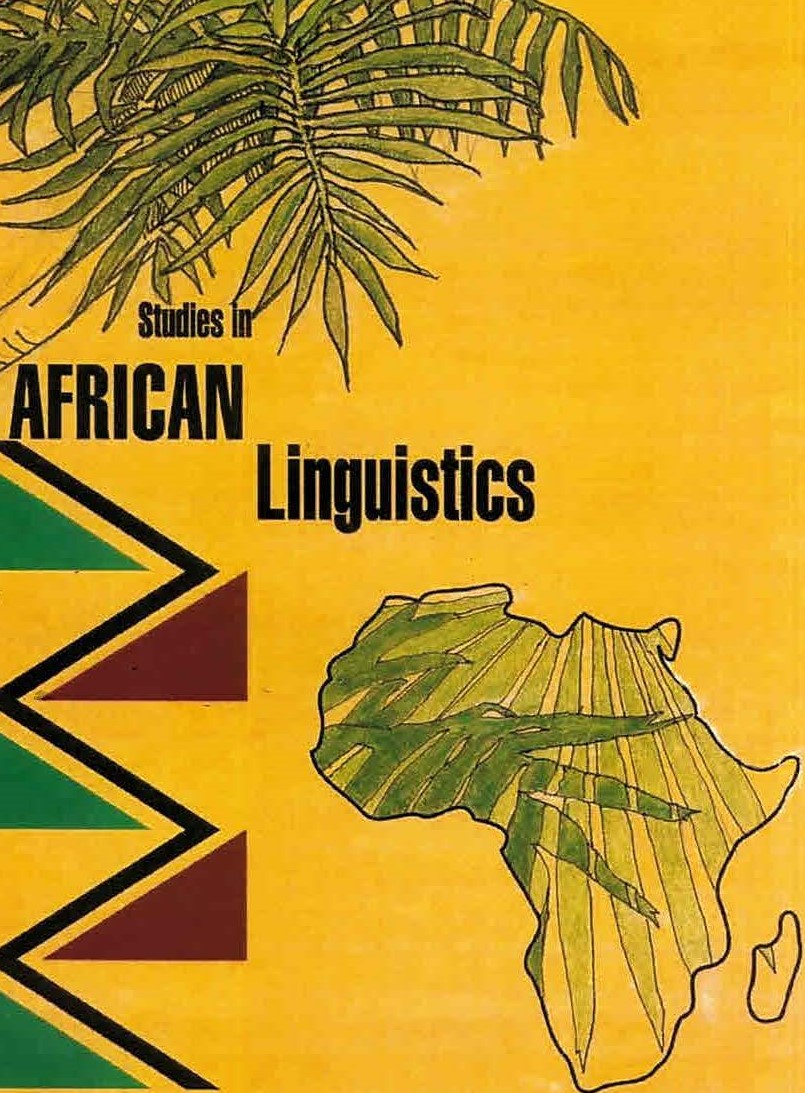Clausal complementation in Ruuli (Bantu, JE103)
##plugins.pubIds.doi.readerDisplayName##:
https://doi.org/10.32473/sal.v49i1.122264关键词:
Ruuli;, Bantu languages;, complementation;, semantics摘要
This paper describes the morphosyntactic and semantic characteristics of clausal object complementation in the Great Lakes Bantu Language Ruuli (JE103). In addition to providing an overview of the complementation strategies in Ruuli, parallels will be drawn to constructions described for related languages as well as common cross-linguistic patterns in clausal complementation. Ruuli employs several different complementation strategies, including indicative, subjunctive, and infinitive constructions. Complement clauses can be either unmarked or marked with a complementizer, the most common of which is nti. These two options are also available for direct speech. Other less common complementizers, which cannot be used to introduce direct speech complements include oba, nga and ni. As individual complement-taking predicates do not allow for every complementation strategy, we will explore the semantic and morphosyntactic conditions which predict the choice of complement. To this end, we consider several predictors. We investigate the restrictions imposed by various complement-taking predicate types, e.g. knowledge predicates, phasal predicates and utterance predicates. Then we consider whether the complement expresses a proposition (a truth-valued meaning unit) or a state-of-affairs (a non-truth valued meaning unit) and whether the subject arguments in the two clauses are identical.


